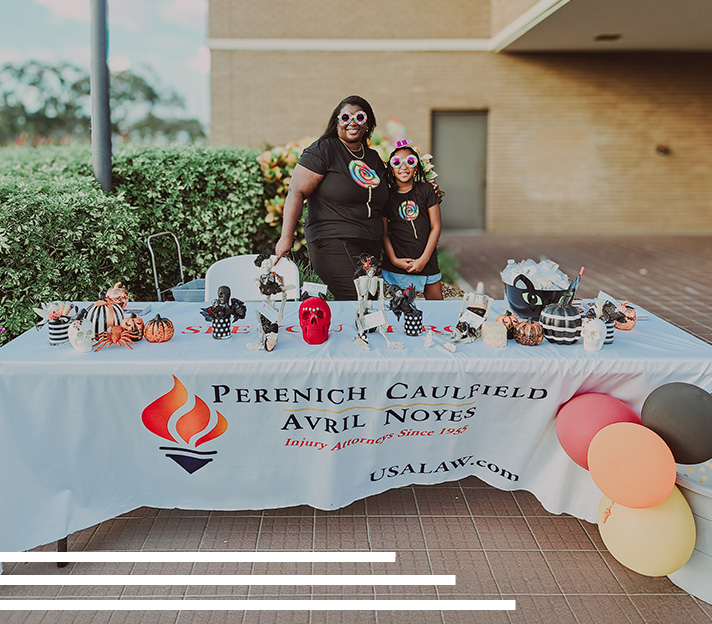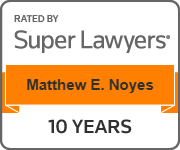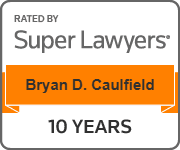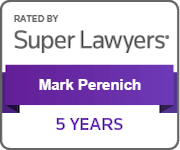Broken Bones
Broken bones happen frequently. By age 65, half of Americans have broken at least one bone. These fractures almost always happen due to accidents or overuse.
In most cases, bone fractures heal in six to eight weeks. But in some cases, broken bones can lead to serious complications, including arthritis, blood clots, and infection.
If you’ve suffered from broken bones, you might not know what to do, especially if someone else caused your injury. Here are some facts you should know about broken bones and what you can do to recover compensation for them.
How Do Broken Bones Happen?
Doctors define bones as the calcified structures of your musculoskeletal system. This definition excludes cartilage, which are soft pads that cushion joints. It also excludes ligaments, which are bands that hold bones together. Instead, cartilage and ligaments are defined as soft tissue, even though your skeleton would not work without them.
Bones provide structure to the body. In other words, bones hold your body up. Tendons anchor muscles to the bones to move them. Together, the muscles, tendons, and bones move your body.
Bones also protect your body. Your ribs protect your organs. Your brain sits inside the protective structure of your skull. The spinal cord runs through the spinal canal in your spine.
But bones can be broken. Fractures happen when a force overcomes the natural strength of the bone and breaks it into at least two pieces. The fracture will often tear blood vessels and nerves in the bone. Torn blood vessels can bleed and cause bruises. When this happens, you might experience pain and a loss of sensation from severed nerves.
As the body reacts to the bone fracture, the injury site often becomes inflamed and swollen.
What Are the Different Types of Broken Bones?
Bones can fracture in many ways, including:
Compound Fractures
Compound fractures, also called open fractures, happen when at least one end of the fractured bone breaks through the skin.
When the fracture does not break the skin, you have a closed fracture. Compound fractures usually result from trauma like bicycle accidentsand pedestrian accidentswhere you experience a large force on your bone.
Displaced Fractures
A displaced fracture happens when the broken ends of the bone move out of alignment. As a result, a gap or misalignment separates the fractured pieces. Since the ends do not match up, doctors will need to realign the bones for them to heal correctly.
A non-displaced fracture occurs when the broken parts of the bone remain aligned.
Comminuted Fractures
A comminuted fracture means that the bone has broken into at least three pieces. Doctors also refer to a comminuted fracture as a shattered bone. Crushing injuries, such as those suffered in workplace accidents, can cause a comminuted fracture.
Treatment for a comminuted fracture depends on the quantity and size of the bone fragments.
Avulsion Fractures
Ligaments connect bones. Tendons connect muscles to bones. Stress on a tendon or ligament can fracture the bone. In an avulsion fracture, the bone to which the tendon or ligament anchors breaks off the rest of the bone.
Stress Fractures
Repetitive motions can stress your bones and create small cracks. Under normal circumstances, these cracks will heal with rest. But if you repeat these motions without resting, they will propagate across the bones into a stress fracture.
Stress fractures can happen in workers who repeatedly lift, carry, or walk as part of their jobs.
How Do Doctors Treat Broken Bones?
Doctors treat broken bones by first ensuring that the broken edges match up. You may need surgery in the case of a displaced or comminuted fracture. This surgery will rebuild the broken bone and secure the pieces in place with plates and screws. If the pieces are too small, doctors can use bone grafts to fill any gaps.
In a compound fracture, doctors may also need to clean the open wound. This will reduce the risk of infection in the wound.
Once doctors rebuild the bone, they immobilize it with a cast or splint. A clot will form over the broken ends. Over the next six to eight weeks, your body will rebuild the broken bone.
After the doctor removes your cast, you may need physical therapy. This therapy will strengthen the muscles, tendons, and ligaments that might have atrophied during your recovery.
What Complications Can Arise from Broken Bones?
Broken bones sometimes cause complications. Some of the more serious complications include:
Infections
Infections happen when bacteria enter your body. Between the toxins released by the bacteria and your body’s immune response, an infection can make you very sick.
If bacteria get into a bone through a fracture, you may develop osteomyelitis. This bone infection can kill bone cells and cause the bone to weaken. Doctors may need to remove dead bone tissue to treat the infection in severe cases.
Blood Clots
The blood clot that forms over your fracture protects the wound and helps the fracture heal. But pieces of the clot can break off and enter the bloodstream.
If they enter the heart, you could suffer a heart attack. If they block the blood vessels running to the lungs, you suffer an embolism. You will suffer a stroke if the clots reach the brain.
These conditions can cause death.
Arthritis and Bone Spurs
When your fracture heals, the bone will not have the same shape as before. This can stress your joints, leading to arthritis.
The bone cells in the healed fracture will also have a slightly different composition than the rest of the bone. These cells can form a bone spur.
How Do I Recover Compensation for Broken Bones?
Florida uses a no-fault insurance system for car accidents. This system can limit your right to sue for broken bones unless you suffer a permanent injury like a brain injury. If you suffered a broken bone in another type of accident, such as a slip & fall, Florida’s no-fault limits do not apply.
You can seek both economic and non-economic damages when you sue for injury compensation. Economic damages cover your financial costs like medical bills and lost wages. Non-economic damages cover your pain and suffering.
Contact a Clearwater Personal Injury Lawyer for Help
Broken bones are serious injuries. They can even cause permanent injuries that could support a lawsuit under Florida’s no-fault insurance system.
To discuss your broken bones and your options for recovering compensation for them, contact Perenich, Caulfield, Avril & Noyes Personal Injury Lawyers for help. Our Clearwater personal injury lawyers can help you get back on your feet again after your accident.

We treat you like family.
If you can’t come to us, we’ll come to you.
Representing Accident Victims in Tampa Bay since 1955
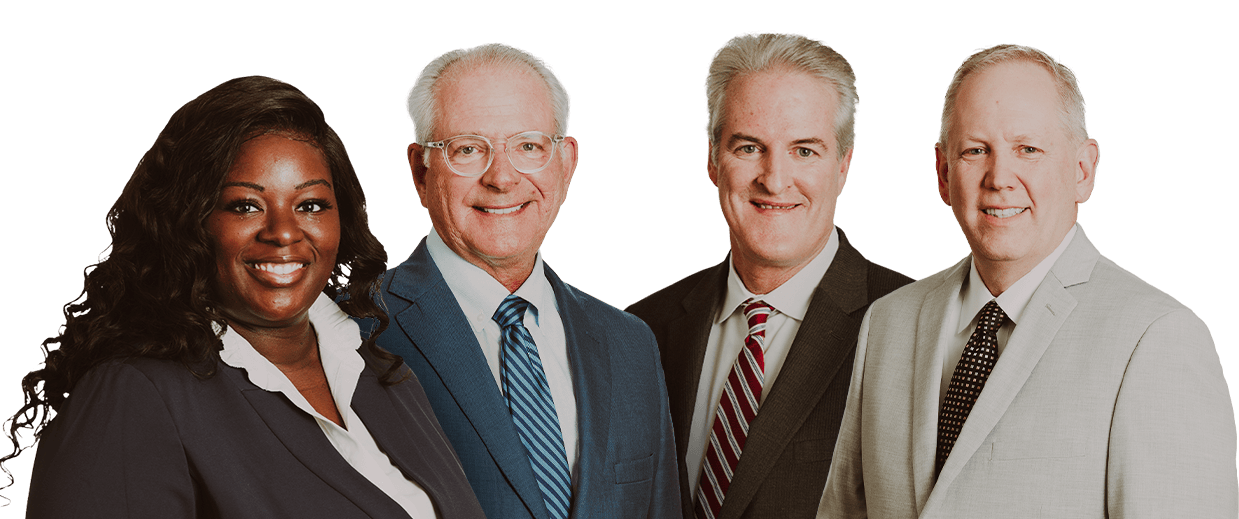


-
“Friendly knowledgeable and kept me informed about my case. Any offer, bill or question was readily answered. Would definitely recommend and refer people to Bryan Caulfield and his team!!”- Betty B.
-
“Mrs Bryant works her butt off to make sure you get what is do to you in medical and beyond! They won’t take your case if they don’t feel you haven’t been wronged.”- Christine R.
-
“Working with Mark Perenich on my auto injury case was an absolute game-changer. From the very beginning, he brought a level of professionalism, expertise, and care that immediately put us at ease.”- Kerry B.
-
“Lorrie and Allyson are phenomenal. I highly recommend them to anyone. It seemed like a never ending journey but I can’t thank them enough for diligently fighting my case with the greatest integrity, support and prayers.”- Former Client
-
“Allyson has been so helpful with navigating the disability process for my husband!”- Kaitlyn S.
-
“It honestly couldn’t have gone better. Pretty much perfect.”- Andreas B.
-
“From the first day we met this law group I felt very comfortable and knew we would be well taken care of. This was our first experience filing for SSD, and was not disappointed. The lawyers are awesome and very professional.”- Shari J.
-
“Very nice they worked with you. Never ignored me with my case. Always on top to work with you. Thank you so much for all that you have done to help me! Very highly recommend.”- Margarita O.
-
“My appointed attorney was Jacqueline, Bryant. She is very compassionate about her client and work. When it comes to negotiation, she's a Beast and she gets the job done.”- Alaina J.
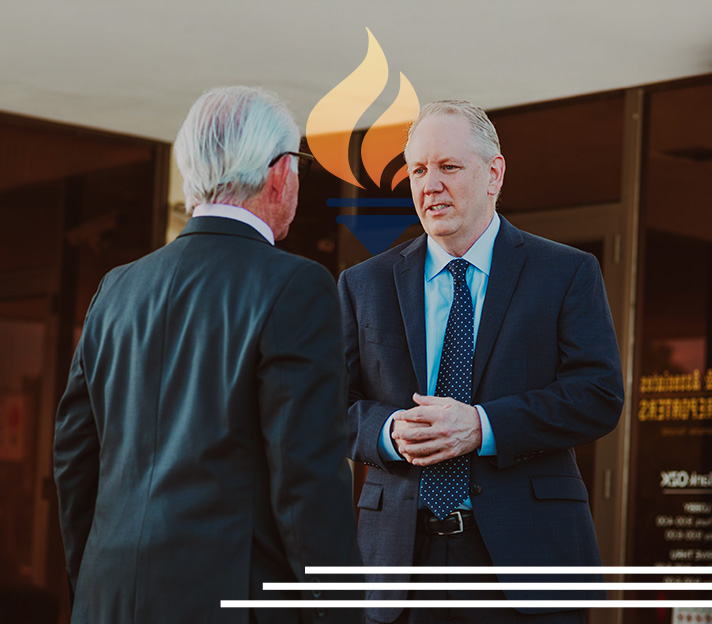

We’ve been proudly serving Clearwater, St. Petersburg, and the Tampa Bay area for generations. As the first personal injury law firm in Clearwater, our dedicated legal team brings over 300 years of combined experience to each and every case. If you’ve been injured and need support, please reach outtoday for a free consultation, we are here to help you.
